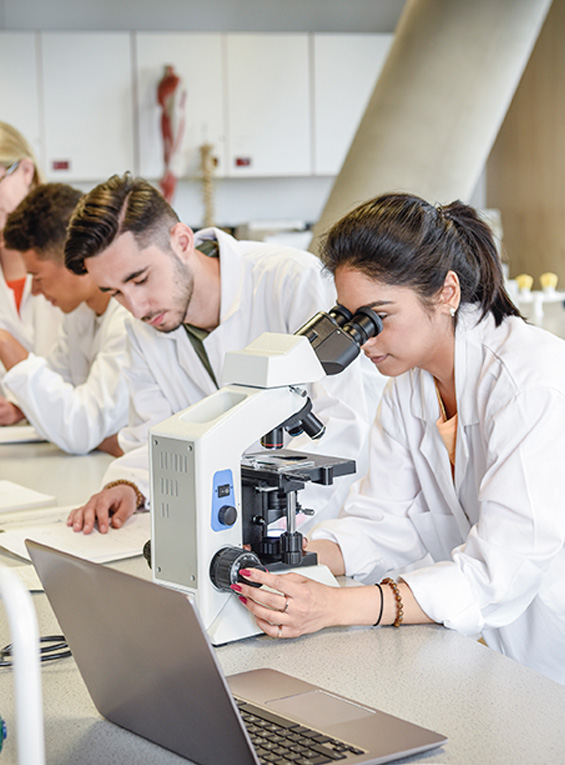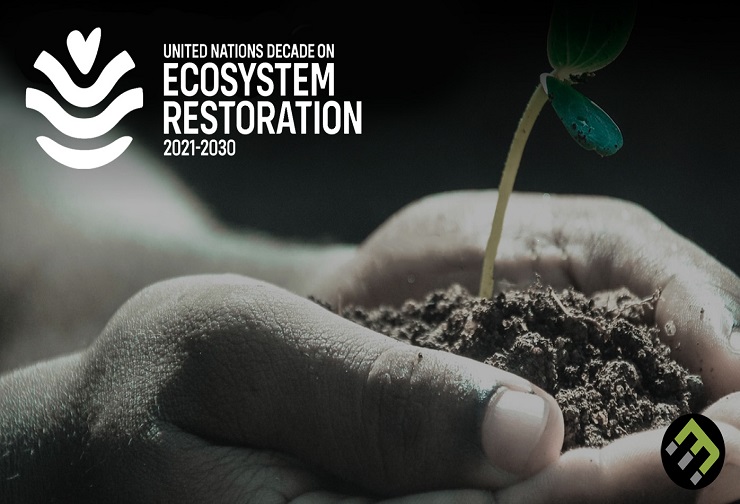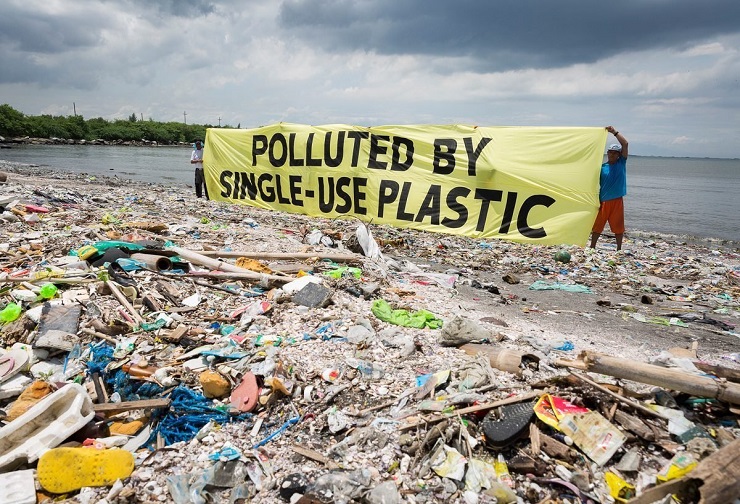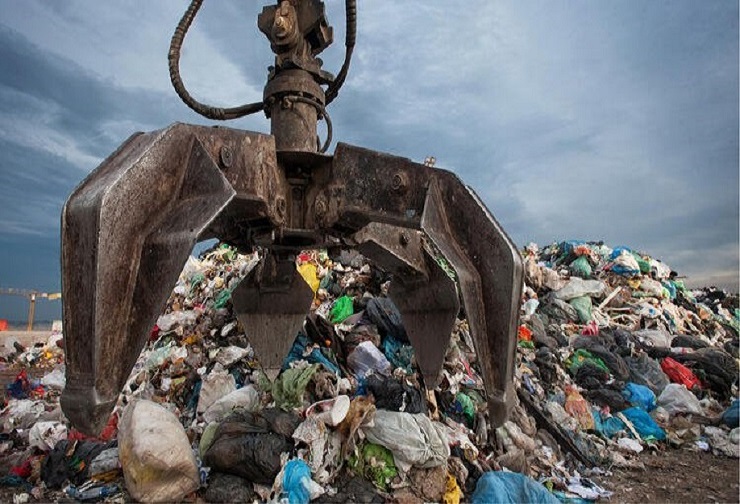-
 WE PROVIDING QUALITYScientific Research ServicesLabostica is uatramodern laboratory services. Delivering newer
WE PROVIDING QUALITYScientific Research ServicesLabostica is uatramodern laboratory services. Delivering newer
molecules from our sate of the art laboratoriesBook an Appointment -
 WELCOME TO LABOSTICAServing Science & TechnologyLabostica is uatramodern laboratory services. Delivering newer
WELCOME TO LABOSTICAServing Science & TechnologyLabostica is uatramodern laboratory services. Delivering newer
molecules from our sate of the art laboratoriesView All Services
Strategy, Vision & Mission,
Strategy, Vision & Mission
APCRC’s vision is simply – ZERO Pollution.
The mission of the APCRC’s is to protect the environment through effective management, and strengthening public awareness for the benefit of public health, quality of life and against loss of biodiversity both for today's society and future generations.
Create an integrated network of waste management installations promoting separation systems at source, as an important target for recycling and recovery and to regulate, monitor and promote sustainable management of natural resources and protection of the environment with stakeholder participation
Maintaining and inspecting equipment and facilities. Using monitoring and control systems to rapidly detect problems, especially leaks, identifying that limit the risk of accidents.
2021 ~ 2030
Decade Ecosystem Restoration


A great Technology
Strategies to Control Environmental Pollution.
We would study the methods to control various types of pollution caused by different sources. This involves two common strategies: 1. Management of waste 2. Green chemistry.
1. Management of waste: The production and improper disposal of domestic and industrial wastes are responsible for Environment Pollution. The domestic waste includes sewage and municipal waste while industrial wastes include inorganic and organic suspended particles and inorganic and organic soluble matter.Ways of treating waste 1. Recycling 2. Sewage Treatment ( types of Sewage Treatment a. Incineration b. Digestion c. Dumping).
2. Green Chemistry :Green chemistry may be defined as a strategy to design chemical processes and products that reduces or eliminates the use and generation of hazardous substances.
The hazards include toxicity, physical hazards (For Examples: explosions, fires), global climate changes, resource depletion. In other words, green chemistry aims to reduce or eliminate toxic, persistent substances from the environment by ensuring their no further releases and destroying existing deposits of these chemicals. So, green chemistry means environmental friendly or no pollution.














OUR NEWS & BLOG
Publish What You Think

UN Decade on Ecosystem Restoration (2021-2030) challenges everyone to massively scale up restoration efforts that breathe new life into our degraded ecosystems.

Every form of pollution has two sources of occurrence. The point sources are easy to identify, monitor, and control, whereas the non-point sources are hard to control.

In view of corona, all are currently run the Save Buxwaha Forest campaign on social media, but as soon as the corona infection is stopped, all of them will reach Buxwaha

Our energy systems grew from dedicated facilities serving individual settlements and industries to connected systems powered by highly efficient centralised generation and integrated transmission.

Nature needs the right to exist, thrive & evolve. The Earth Law Center is here to help. Within 5 years, there could be 1 ton of plastic for every 3 tons of fish in the ocean. .

The key to efficient WM is to ensure proper segregation of waste at source and to ensure that the waste goes through different streams of recycling and resource recovery.
